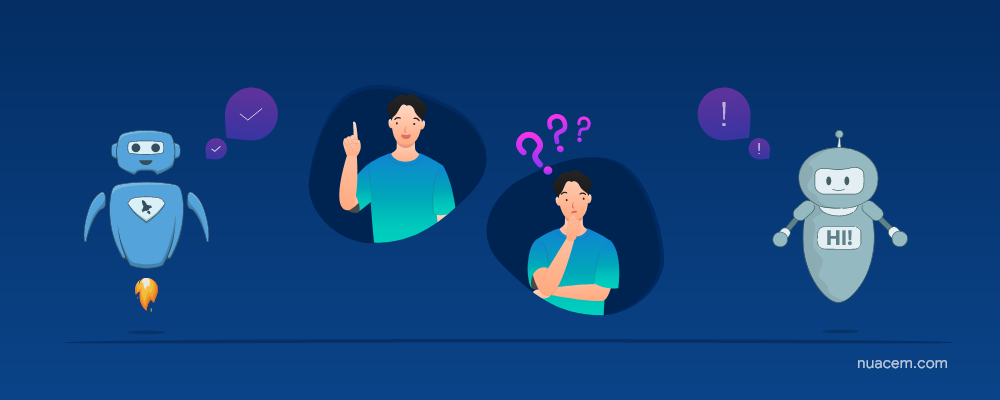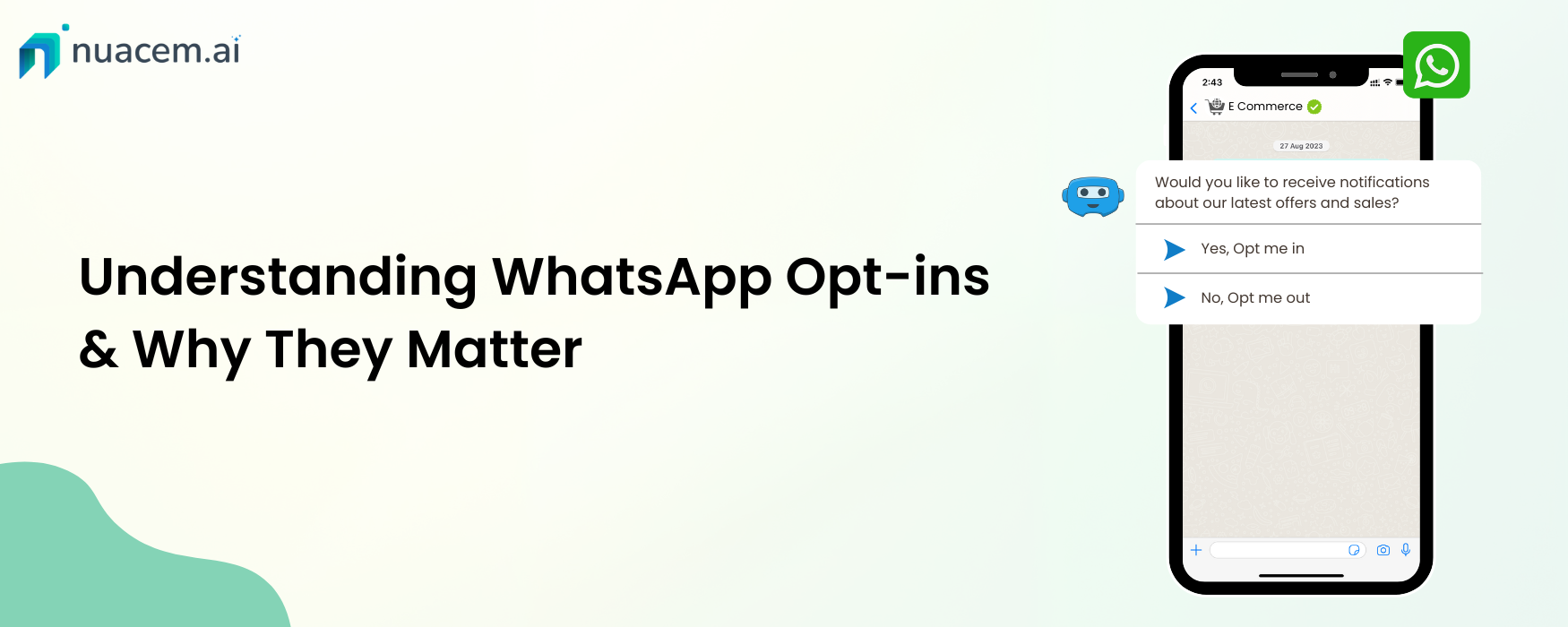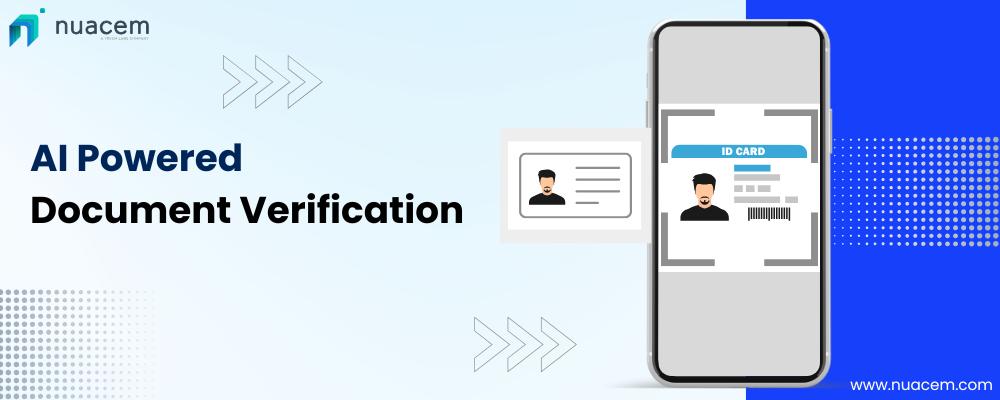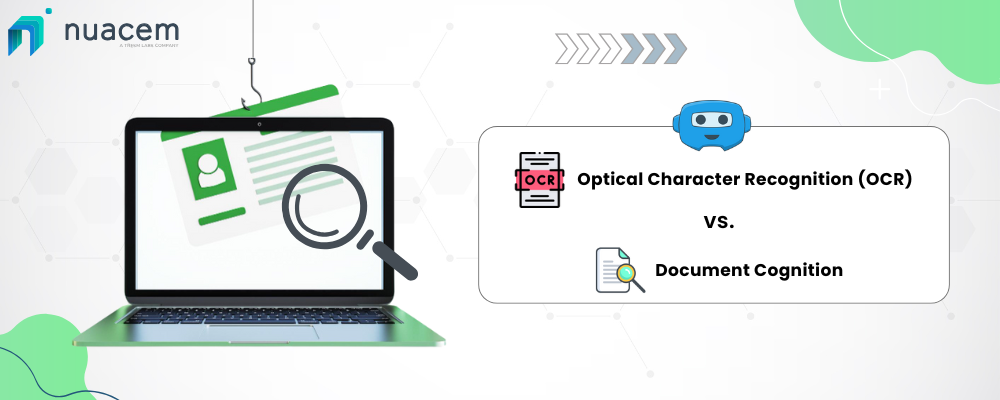If I am not wrong, most of you will be very happy and excited after seeing this title.
Yes, today, we are going to discuss Chatbots Vs. Conversational AI.
The reason for the excitement is that most individuals and enterprises are confusing between these two buzz words.
Every human being is born with knowledge, but only limited ones will use that knowledge intelligently at the right places & situations.
I hope the above statement will give you a comprehensible & primary difference between a Chatbot (Knowledge) and a Conversational AI (Intelligence).
To stay pertinent & prolific in today’s digital world, every enterprise must adopt the latest technologies to make their way into the computer world.
It means enterprises need to deploy solutions (Conversational AI) that customers expect to help enterprises scale and remain competitive in the competitive world.
If you are reading these words means you are eagerly looking out for some answers.
Continue reading!
In the end, all your doubts will vanish, and you can decide whether to go for Chatbots or Conversational AI platforms.
We are moving into the age of smart machines driven by Artificial intelligence, Conversational AI, Internet of things (IoT), NLP, NLU, and Robotics.
What is Chatbot?
Chatbots are typically a rule-based and bounded software system that has well-defined categories that automate human interactions. The Chatbots are uncomplicated to build and follow some predefined stream.
The Chatbots will give responses to the only pre-determined linear flow of conversations.
Suppose if a Chatbot is built to provide solutions for problems A, B, and C. The bot immediately responds when those three instants occur.
If a human gives anything other than those three instants, the bot sends you an error message.
The Chatbots ease the process for humans by removing clicking on a menu of choices; you can talk or type as you communicate with a human agent.
The Chatbots are categorized under three categories based on their purpose, level of advancement, and communication channels. They are:
- Button/Menu
- Keyword-recognition
- Contextual
There are two core problems with the old Chatbot models.
The first one is the specific rigidity of learning models, and the next one is that Chatbots cannot learn in between conversations.
The concept of Conversational AI comes into the picture to solve the common problems faced in Chatbots.
Understanding Conversational AI
You know, Conversational AI is the new user interface (UI).
In simple terms, Conversational AI is defined as a form of AI that enables individuals to communicate with messaging apps, websites, speech-based assistants, and devices in everyday language via voice, text, and video.
Conversational AI mainly focuses on the dialogue flow system, which handles human variance in communication between computers and humans.
The Conversational AI platform uses various technologies, Natural language processing (NLP), Natural language understanding (NLU), Machine learning, Deep learning, and predictive analytics to provide a human touch to the users while interacting with the machines.
Conversational AI carries out multi-turn banter & accomplish decision-making tasks, just like humans.
The companies are shifting to Conversational AI platforms when Chatbots fail to deliver customer expectations, especially in complex use cases such as telecommunications, healthcare, insurance, and banking.
Conversational AI capabilities go far beyond natural human language, especially when compared with the standard Chatbots, which frustrates customers.
Conversational AI Vs Chatbots
Now, let us look at what separates a Chatbot explicitly from Conversational AI.
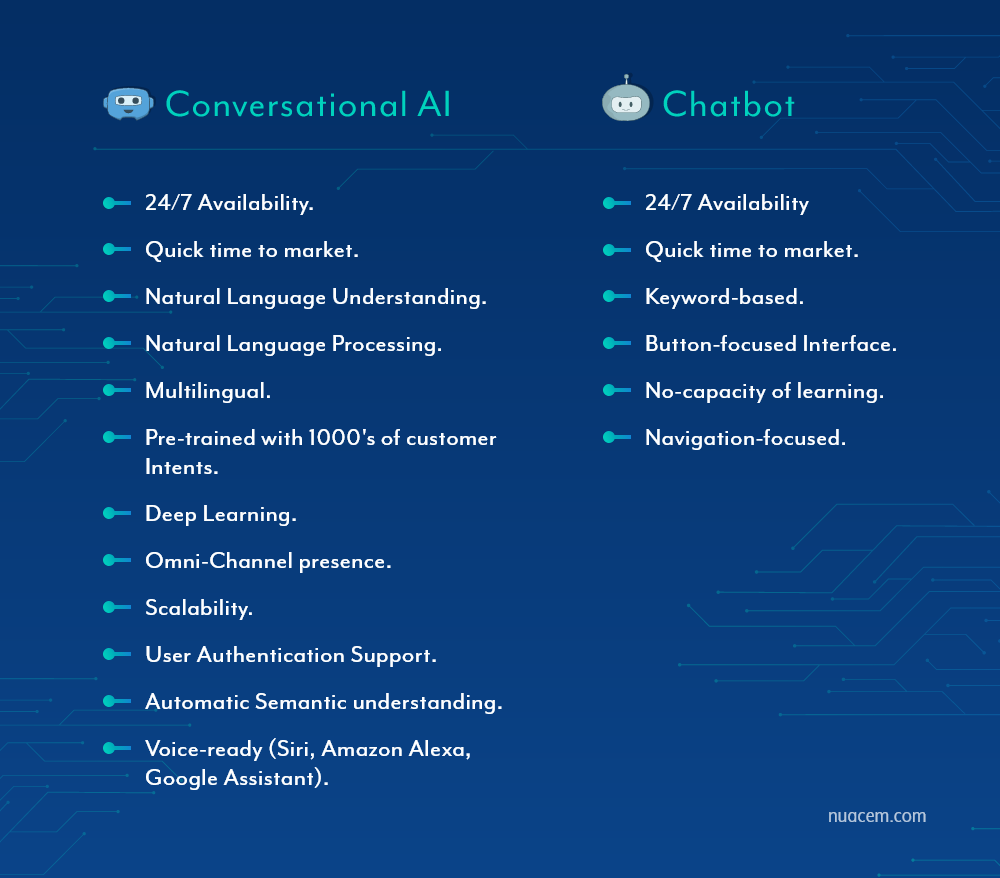
The initial iteration of Chatbots is commonly referred to as first & second generation, and conversational Chatbot technology falls into the third generation.
Chatbots are mainly useful for online enterprises, but coming to their abilities (Pre-programmed responses), they are limited, and they operate on if/else algorithms.
When the bot is incapable of acting in response to user intents, the algorithm either loops or that chat will be transferred to a human agent.
The Conversational AI bots remember personalities & preferences. Conversational bots use Artificial general intelligence to reflect and operate as a human.
Both the words ‘Conversational AI’ and ‘Chatbot’ have the same meaning.
Conversational AI technology can be used to build both text and voice assistants. In contrast, Chatbots are more confined to the text-only conversation.
Conversational AI is more intelligent and smarter than standard chatbots.
Conclusion
We genuinely deem that these two technologies are complementary. When these two technologies combine effectively, they can enhance customer engagement & customer experience, which adds significant value for enterprises & users.
From the above all conversation, you got to know the difference between Rule-Based Chatbot and Conversational AI.
If you still have anything to converse about the right mix, get in touch with us.
We have great professionals on board who can give you the best possible solutions.
Stay Connect with us!
To get more updates on Conversational AI, Chatbots, and Artificial human intelligence.

